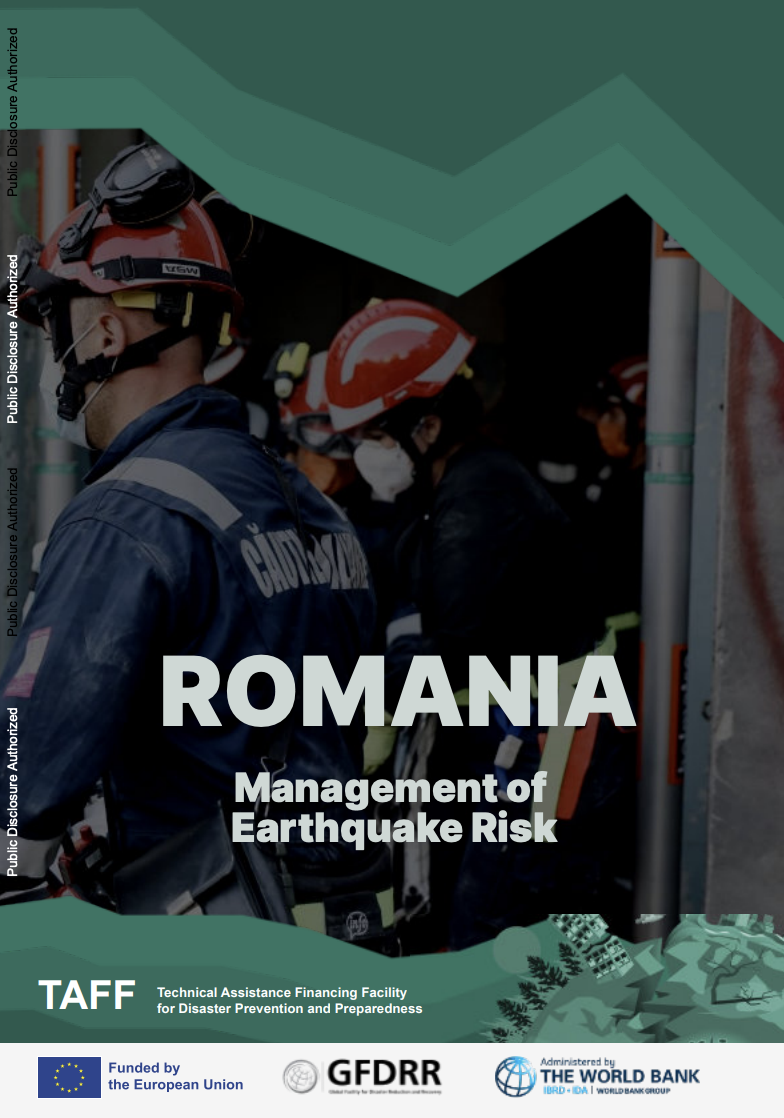Romania is one of the most earthquake-prone countries in the European Union (EU). The national risk assessment (NRA, RO-RISK) identifies earthquakes as the country's top hazard, potentially affecting over half of the country. Romania’s capital city, Bucharest, with its dense population and aging building stock, is among Europe's most vulnerable urban areas. With estimated annual average losses of Euro 512 million and potential large-scale damage and long-term impact on society, Romania’s earthquake risk underscores the urgent need to assess evolving risk trends and strengthen national earthquake response capacity. Romania has made several important efforts in seismic risk management. These include developing a national strategic framework in line with international standards, reinforcing the legislative framework, updating building codes, and streamlining the institutional set-up to foster greater cooperation among key stakeholders. Building on progress and lessons learned, Romania is intensifying efforts to enhance the resilience of its built environment and communities to earthquakes while strengthening response. To further strengthen seismic risk management in Romania, opportunities exist in enhancing legal frameworks, improving coordination, updating risk assessments, strengthening public administration, developing disaster risk financing strategies, and creating a multi-hazard recovery framework integrating the ‘build back better’ (BBB) principle. Strengthening cross-sectoral coordination and accountability through clear mandates, guidance, and performance monitoring can help embed risk reduction more effectively into all relevant sectors. To address all types of infrastructure, sectoral ministries must develop specific strategies, programs, or action plans, including strategic or nationally significant infrastructures. This report offers a rapid review of earthquake risks and risk management capacity, investment needs, and recommendations to inform policy dialogue and future research. Capacity considers earthquake risk governance, risk understanding, risk reduction and mitigation, preparedness and early warning, readiness and response, recovery and post-disaster financing, and cross-cutting topics such as social resilience and the private sector. Each section reviews the current arrangements, key challenges, and opportunities for improvements relevant to Romania. The findings aim to inform national and EU decision-making and contribute to ongoing policy and investment dialogue as well as future research.

